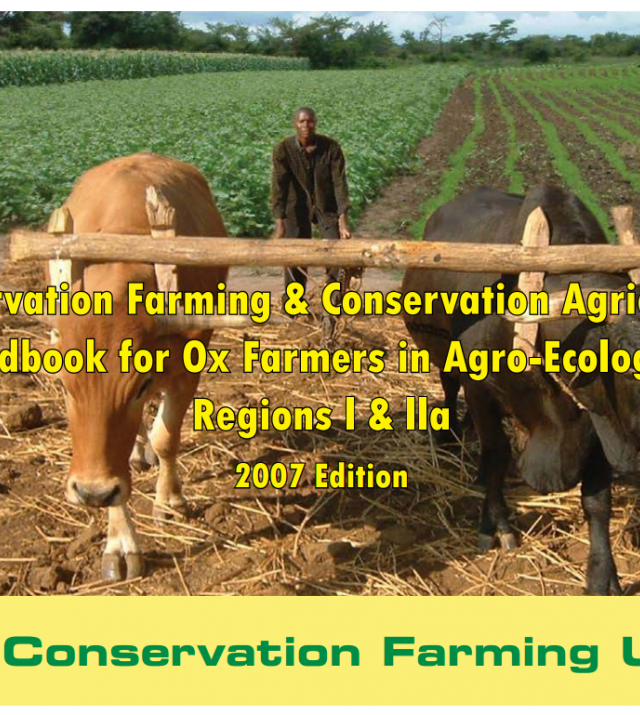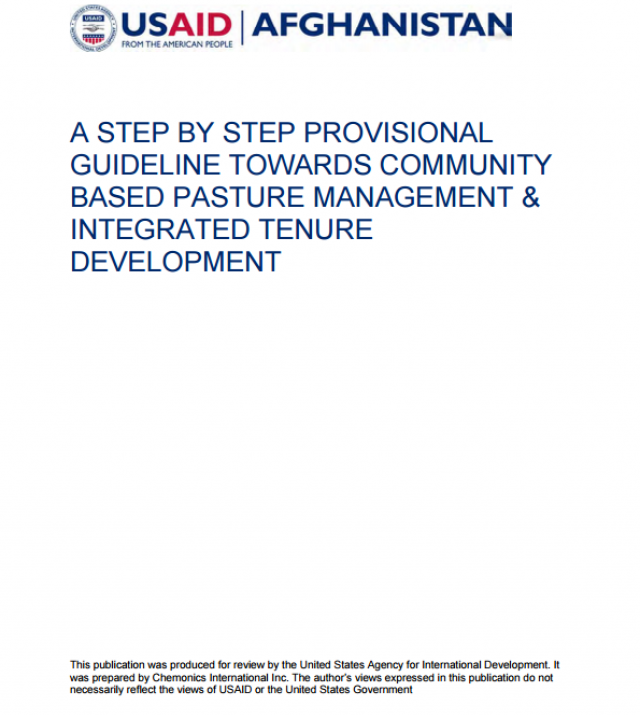
Five Skills Set for Smallholder Farmers

What skills do smallholder farmers need in order to succeed? These guides explain how to help farmers strengthen five skill sets to successfully engage with markets.
The five skill sets: What is the purpose of the guides?
Our goal is to help vulnerable farmers use better methods of production and marketing to improve their livelihoods. Read more
How were the guides developed?
The idea for the series came from a review of farmer groups in three countries on three continents. The review explored what made some farmer groups more successful in engaging with markets than others. It also asked farmers which skills they needed support to develop. Read more
Download the Guides:
Introduction to the Five Skills for Rural Development: Guide to the Multiple-Skills Approach (11 MB)
This manual describes the multiple-skills approach and how to use it in rural development projects. It is made up of six sections:
- Using a skills-based approach
- A closer look at the five skills
- Organizing the team
- Working with the community
- Ensuring sustainability
- Building a training plan
Skills Farmers Need for Organizing and Managing Groups (1.8 MB)
This manual describes the skills farmers need to successfully organize themselves in groups. It also explains how to manage a farmer group. The manual contains four sections:
- Working with groups
- Organizing and managing a group
- Planning and implementing activities
- Communicating and networking
Field Agent Guide: Savings and Internal Lending Communities (2.2 MB)
This manual describes a robust methodology for establishing savings and lending communities. This guide is made up of five sections:
- Introduction to the Field Agent Guide
- Review of the SILC methodology
- SILC implementation manual
- Record keeping structure
- Field Agent Monitoring Forms
Natural Resource Management: Basic Concepts and Strategies (3.7 MB)
This manual describes the theory and concepts of natural resource management. The document contains 10 lessons and includes the following concepts:
- The importance of NRM
- The water cycle
- Watersheds and watershed management
- Soils and soil fertility
- Plant health
- Sustainable systems
Natural Resource Management: Tools for Planning and Implementing Participatory NRM Projects (1.8 MB)
This manual describes a process for designing and implementing an NRM plan. It includes seven lessons:
- Engaging the community
- Understanding the community context
- Identifying and engaging stakeholders
- Mapping natural resource problems and opportunities
- Making an NRM plan
- Managing an NRM project
- Monitoring progress
Marketing Basics: Course on Agroenterprise and Market Development for Field Agents (5.5 MB)
This manual describes the theory and concepts of marketing and agroenterprise development. The document contains 10 lessons:
- What is agricultural marketing?
- Supply and demand
- Costs, income, prices and profit
- Types of markets
- Changes in markets
- The value chain
- Developing marketing strategies
- The four Ps of marketing
- Entrepreneurial spirit
Seven Steps of Marketing: Course on Agroenterprise and Market Development for Field Agents (12.2 MB)
This manual describes a process for designing and implementing an agroenterprise business plan and assessing market performance. The document gives seven steps you can follow to help farmers develop their agroenterprises:
- Getting organized
- Identify products and organizing groups
- Collecting information for the business plan
- Building a business plan
- Marketing as a group
- Reviewing agroenterprise performance
- Scaling up
Promoting Innovation: Course for Field Agents on Promoting Innovation in Rural Producer Groups (2.7 MB)
This manual takes you through the steps that a group of farmers undertake during a process of innovation. It includes the skills and knowledge you will need in order to lead a group of farmers through that process. The manual is made up of seven lessons:
- Introduction to innovations
- Identifying and understanding problems
- Exploring possible solutions
- Designing experiments
- Analyzing and evaluating the results
- Applying findings and sharing knowledge
Financial Education curriculum
This 11-lesson financial education curriculum has two main purposes:
- To provide trainers with the tools to teach groups about financial management.
- To help group members improve their financial and money management skills.
The curriculum is appropriate for development facilitators, field agents and SILC private service providers.
1. Introduction and Glossary (PDF, 496 KB)
2. Section I: Goals, Income, Expenses and Budgeting (PDF, 1.3 MB)
3. Section II: Savings (PDF, 973 KB)
4. Section III: Borrowing (PDF, 1.2 MB)

